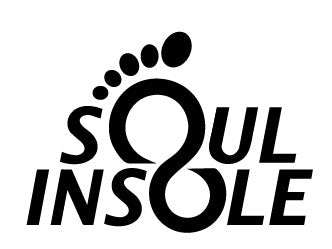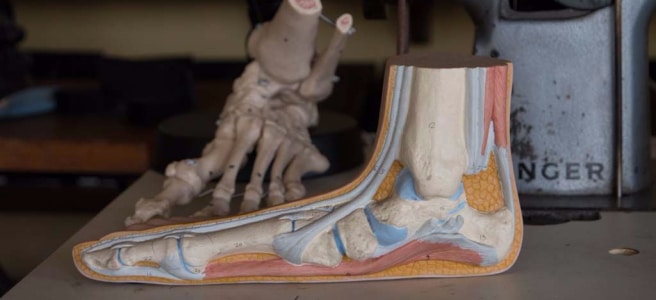Right now, let’s bring our attention to those two small appendages at the bottom of our legs…our feet! The average American owns 19 pairs of shoes for their one pair of feet. Our feet not only support a body which is comparatively huge in size but they also carry that body the equivalent of five times around the earth in an average lifetime and endure forces much greater than their body weight when walking and running. So the question is, how do we keep our bodies and feet in optimal health and comfort?
There is a current, big debate surrounding Minimalist vs. Maximalist footwear. Minimalist shoes are flexible with no support. They intend to make your feet work on their own and simply protect you from dangers of stepping on sharp objects and possible infections from the environment. Maximalist shoes control your foot motion. They provide cushioning from impact and arch support.
Both sides of this debate have experts, doctors, trainers and specialists who will argue their side to the bitter end. The truth is….they’re both right…and wrong, depending on whose feet we are putting the shoes on. We believe there needs to be a bridge between these two extreme ideas.
As some of you may know, Vibram recently went through a big lawsuit due to all of the injuries, caused mostly to those who made the quick switch from maximalist to extreme minimalist. You might be thinking, long ago humans only walked barefoot, so why is it hurting us now? Back in the day, human feet were tough and muscular and used to getting serious exercise on uneven terrain, walking on sand and grass all day. But, these days and for the past few generations, we’ve worn shoes that control our motion, we walk on concrete and hard floors, also we do a lot of sitting. What’s happened is the muscles in our feet have began to atrophy. This means, they’re a bit weak and with added stress from things like running, or standing for long periods of time it’s all too easy for our arches to collapse…ouch!
Wearing shoes with arch supports stops the arch from dropping too far, keeps your body in alignment, helps to reduce wear and tear on the body and prevents many major health problems. Yet, hard rigid supports can cause your feet to become reliant…leading to more foot muscle atrophy, risking injury anytime you’re not wearing the support.
Please understand your feet are fully capable of adapting to your environment and your habits. You don’t have to choose between Minimalist and Maximalist. Do both! Mix it up. You can add flexible arch supports to your minimalist shoes (for example, Soul Insole makes a great soft and slim fitting arch support that you can easily stick into your shoes). This way your feet will have full mobility and still get exercised, but the arches will be protected from dropping. You also get a reduction in impact forces as the pressure will be more evenly distributed across your foot.
extra notes: If your feet happen to have more muscle and padding, then you are better built for minimalist shoes than most people. If you’re running in minimalist shoes, to best avoid injury, run gently (midfoot/forefoot strike) as there is no impact absorption provided by barefoot shoes (sand, dirt, grass surface is a better option for minimalist running). If you run landing heel to toe, Maximalist shoes are a better choice to protect your joints from impact forces.
For those who have fallen arches, it’s important to support them with insoles and do foot strengthening exercises. You can change the way you run. You can change your gait, you can change the strength of the muscles in your feet and the amount of control you have of moving each part of your foot, even your pinky toes. Learn to LISTEN TO YOUR BODY and create that neural connection between your brain and your feet. With this connection, you will soon improve control of your movement and you will better understand if there are micro adjustments you can make to your gait to improve the way your body feels. You will also be able to better understand which footwear would be healthiest for your unique feet for each activity that you do.
This content is not intended to be a substitute for professional medical advice, diagnosis, or treatment. Always seek the advice of your physician or other qualified health provider with any questions you may have regarding a medical condition.
|



